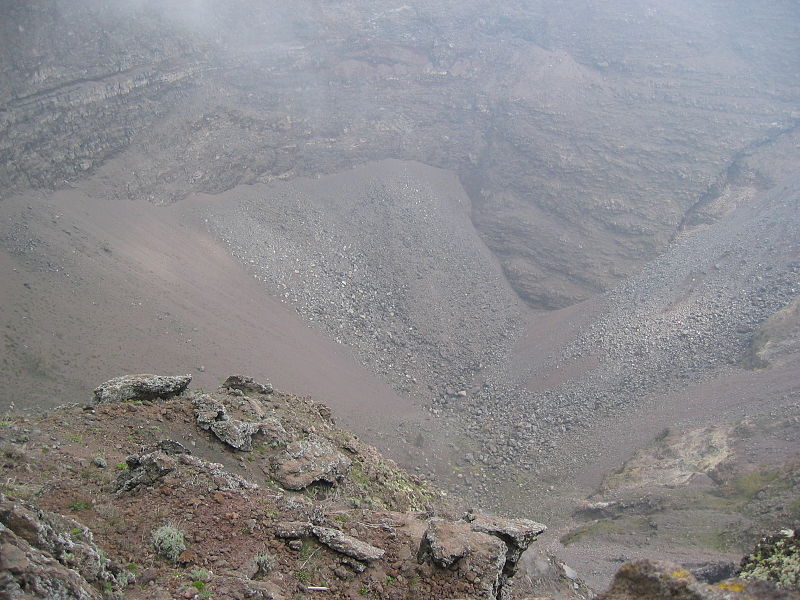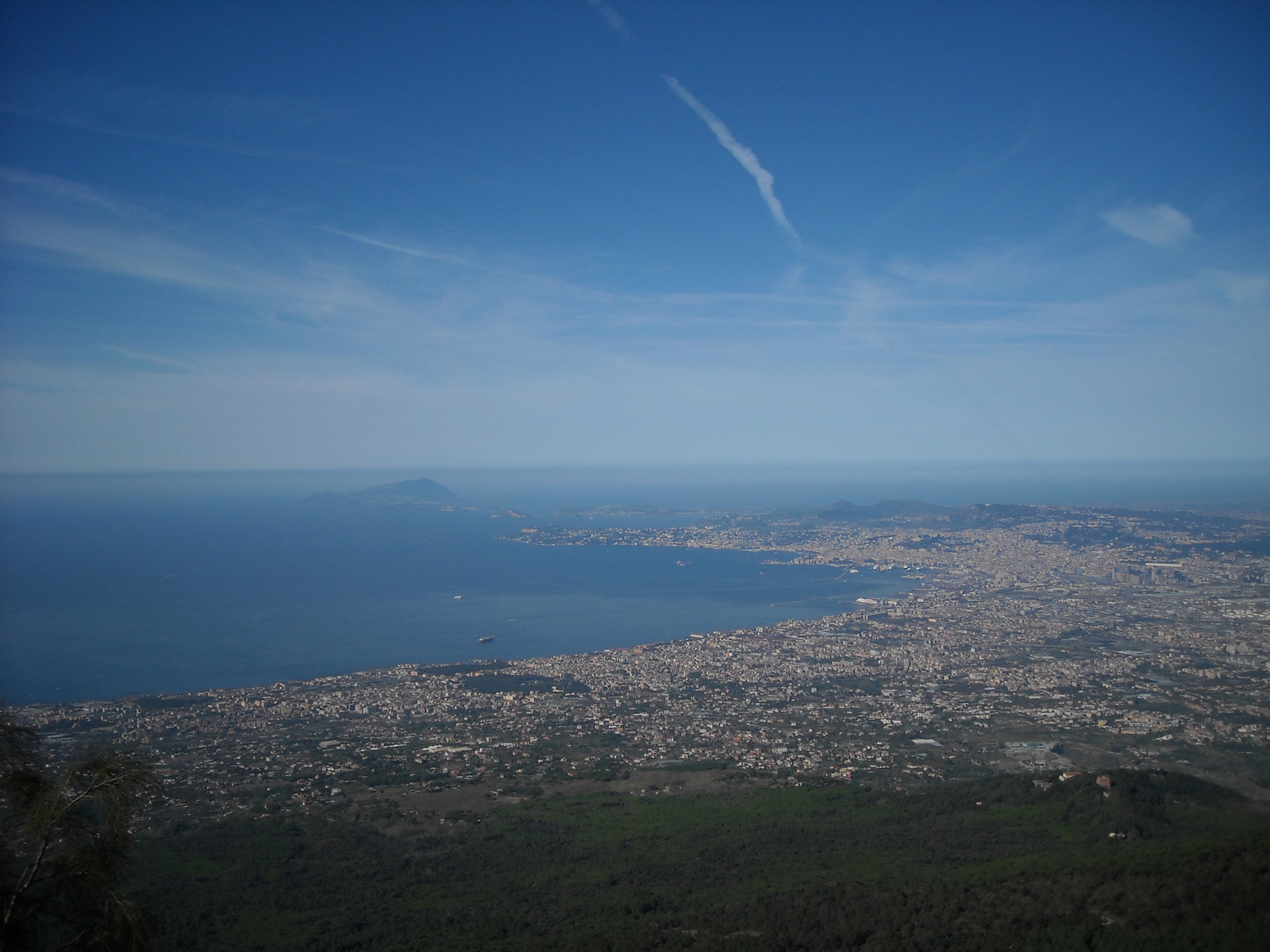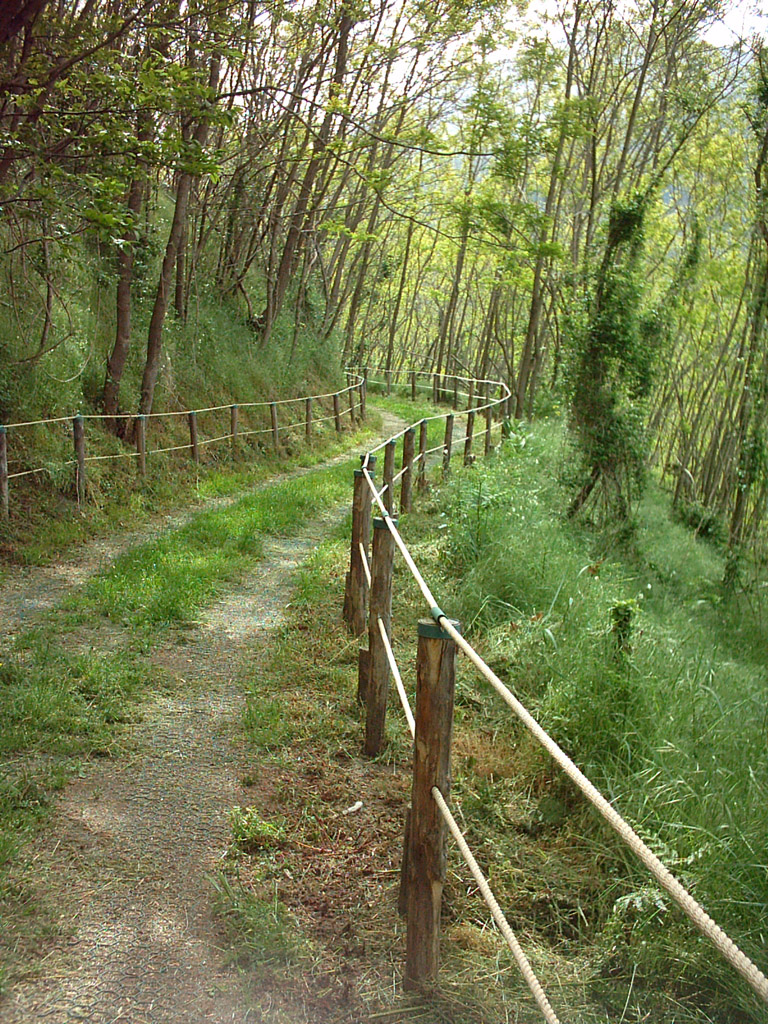
Parco Nazionale del Vesuvio
This post is also available in:
 Italiano (Italian)
Italiano (Italian)
The park was established in 1995 and it is located in the municipality of Ottaviano in the province of Naples. It includes 14 municipalities and it has an extension of 8,500 hectares.
The Vesuvius is the typical example of a so called “a recinto” volcano, as a matter of fact it is composed of a cut off external cone, the Somma Mountain (which is now inactive and has a partly demolished crater wall), and an internal and smaller cone, Vesuvius, which is still active.
The surrounding landscape is the result of great geological changes, which have taken place in the Piana Campana millions of years ago. Among them, there is the catastrophic eruption of 79 a.D., which destroied the roman colonies of Pompei, Ercolano, Stabia (the present Castellammare di Stabia) and Oplonti (the present Torre Annunziata). The last eruption took place in 1944.
Flora and fauna
Even though the park’s area is completely in an extremely anthropized environment, it hosts a really interesting fauna community with about 250 species, of which the birds represent the richest section.
The flora is formed by more than 600 species, of which the 40% is composed of Mediterranean species, the 20% of cosmopolitan species and only 18 endemic species, like the rare Silene giraldi, present also on Ischia and Capri islands.
The vegetal colonisation on the vesuvian-lava soils started with Stereocaulon vesuvianum, a type of lichen typical of this area, which covers the lavas giving them a greyish colour. There are other pioneer species, such as Centranthus ruber, Helichrysum litoreum, Artemisia campestris, and, in the ripest sections, Cytisus scoparius, Spartium junceum and Genista aetnensis.
In particulat, on the southern slope of the volcano, the original Mediterranean vegetation has been mainly substituted by pine trees (Pinus pinea) and holm oaks (Quercus ilex); there are hawthorns (Crataegus monogyna), Euonymus europaeus and Smilax aspera in the undergrowth. 23 species of wild orchids bloom between Spring time and Summer (May), such as Orchis papillonacea, one of the most precautious, Orchis maculata, Anacamptis papillonacea, Anacamptis pyramidalis, Dachtylorhiza romana and Orphys sphegodes, which are protected by the Washington (1973) treaty.
The paths
The “Sentieristica del Parco Nazionale del Vesuvio” is composed of 9 paths with a total length of 54 Km: 6 circular nature-paths, 1 educational path, 1 panoramic path and 1 agricultural path.
The paths are:
1- “Valle dell’Inferno”: about 10 Km long, it crosses narrow uphill-downhill hairpin turns around the Tagliente valley; it is possible to admire the so called “Cognoli di Levante”, a spectacular example of ropy lava dating back to the last eruption (1944), which has been colonised by Stereocaulon vesuvianum.
2- “I Cognoli di Ottaviano”: it is formed by a succession of up and downhill paths.
3- “La traversata del Monte Somma”: it faces a lava river dating back to 1944, with arrival on the Somma Mountain.
4- “La Riserva Naturale Tirone-Alto”: mainly on level grounds, it crosses the point where there is the most spectacular view of the park.
5- “La salita al cratere del Vesuvio”: it leads to the so called “Gran Cono”.
6- “La strada Matrone”: about 7 km long, observation of the lava mouths opened in 1906.
7- “Il vallone della Profica”: it crosses the land where the tomatoes a piennolo are cultivated; they are typical of the vesuvian area.
8- “Tragitto del trenino a cremagliera”: it is possible to admire a train which from Resina (fraction of the municipality of Ercolano) went to the Salvatore hermitage.
9- “Il fiume di lava”: it crosses woods with broom trees and valerian.
To see in the surrounding area: the vesuvian observatory; the vesuvian villas of Miglio d’Oro; Pompei’s archaeological excavations, Ercolano, Torre Annunziata and Castellammare di Stabia; Portici’s royal palace with its museum and the botanical orchard.
This post is also available in:
 Italiano (Italian)
Italiano (Italian)
Contatti
Via Palazzo del Principe - Ottaviano(NA)
081 8653911
vulcano@parconazionaledelvesuvio.it
Altre info
Intero 10,00 euro; ridotto 8,00 euro; gratuito per bambini 0-10
Tutto l'anno




